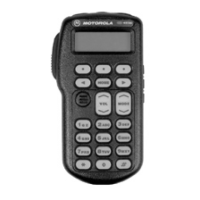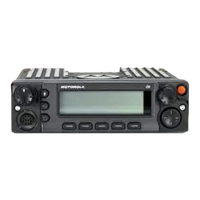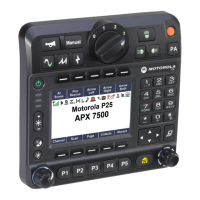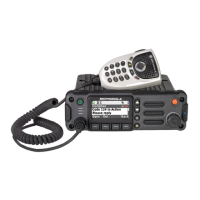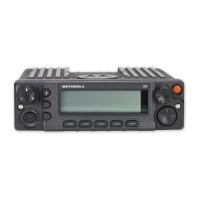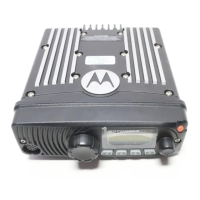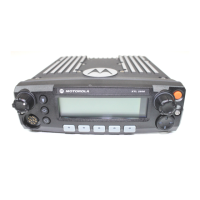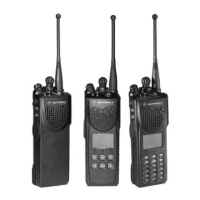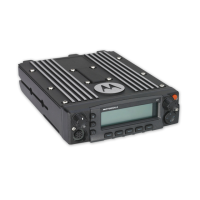6881076C25-E September 5, 2008
Troubleshooting Procedures: ASTRO Spectra Procedures 4-9
4.1.5 Standard Bias Table
Table 4-4, below, outlines some standard supply voltages and system clocks which should be
present under normal operation. These should be checked as a first step to any troubleshooting
procedure.
Table 4-4. Standard Operating Bias
Signal Name Nominal Value Tolerance Source
UNSW_B+ 13.8 Vdc 11.0-16.6 Vdc J501
SW_B+ 13.8 Vdc 11.0-16.6 Vdc J501
+5V 5.0 Vdc ±10% J501
+5VA 5.0 Vdc ±10% J501
RESET 5.0 Vdc +0.7, - 1.0 Vdc J501
POR* 5.0 Vdc +0.7, - 1.0 Vdc J501
DSP_RST* 5.0 Vdc +0.7, -1.0 Vdc U204
ADSIC_RST* 5.0 Vdc +0.7, -1.0 Vdc U204
DCLK 33.0000 MHz
a
a. This number may vary due to the operating mode of the radio
when it is measured. The ADSIC contains a divider which may
divide the clock by a modulus of 2. Therefore, the actual
frequency measured may be clock/2
n
. The most common
frequency will be 16.5000 MHz nominal.
±500 ppM U406
ODC 2.4 MHz ±30 ppM ABACUS
ECLK 1.8432 MHz ±500 ppM U204
IRQB* 8 kHz
b
b. This 8 kHz clock will be present only after the MCU has
successfully programmed the ADSIC after power-up. This is a
good indication that the ADSIC is at least marginally
operational.
±500 ppM U406
+5V 5.0 Vdc ±10% U202
RX_5V
c
c. Receive mode only.
5.0 Vdc ±10% U106
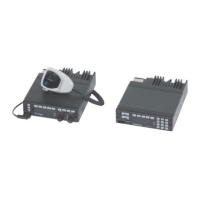
